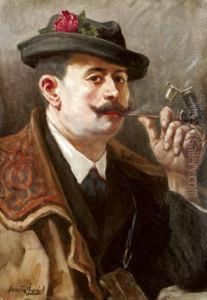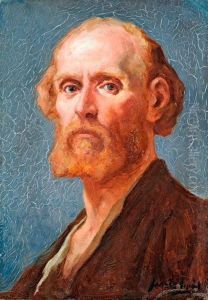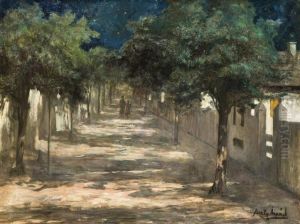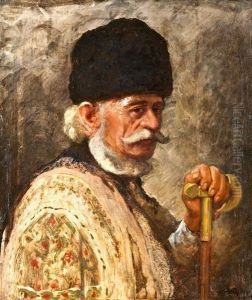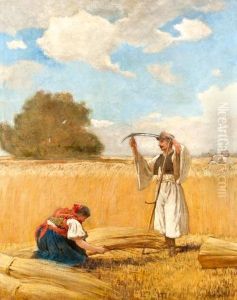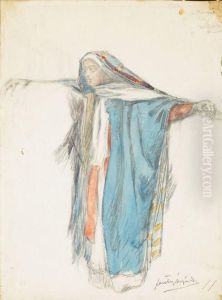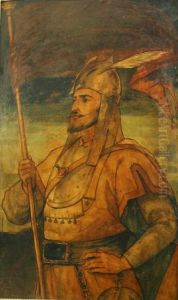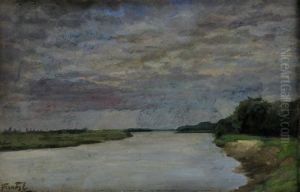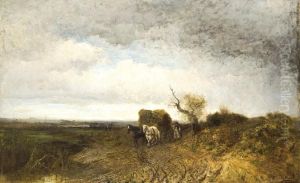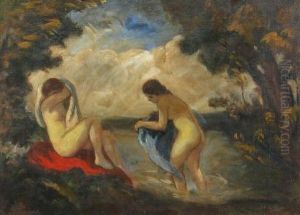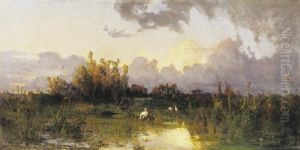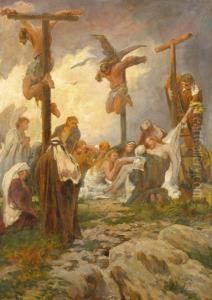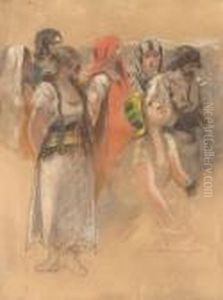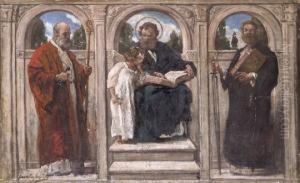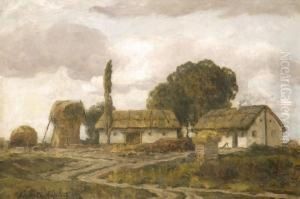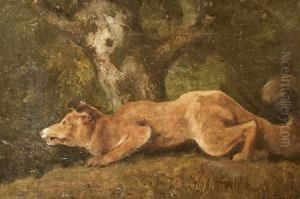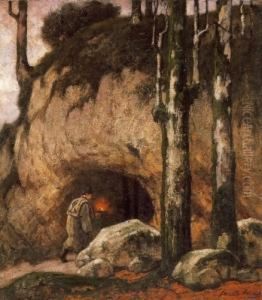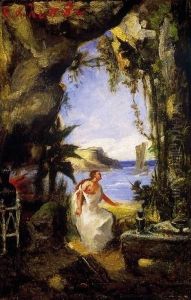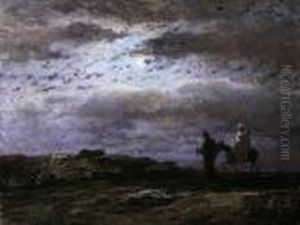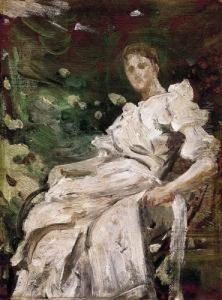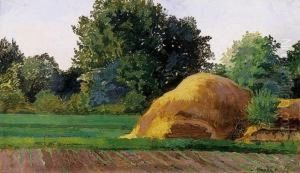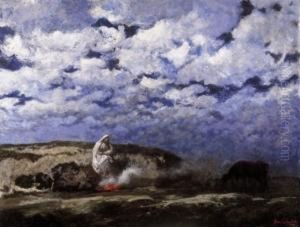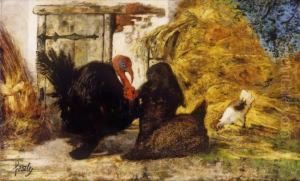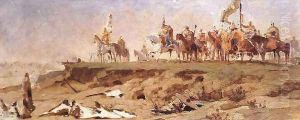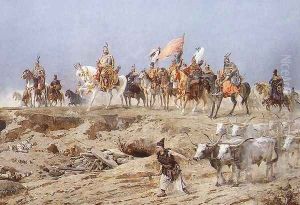Arpad Feszty Paintings
Árpád Feszty was a Hungarian painter, born on December 31, 1856, in the town of Ógyalla, then part of the Austro-Hungarian Empire (now Hurbanovo, Slovakia). He is best known for his monumental cyclorama titled 'Arrival of the Hungarians,' which is also known as the 'Feszty Panorama.' Feszty was interested in art from an early age and pursued his passion by studying at the Academy of Fine Arts in Munich, where he was a student of the historical painter Karl von Piloty.
After his studies, Feszty returned to Hungary and quickly gained recognition for his work. He painted portraits, historical scenes, and landscapes, but his ambition led him to undertake the creation of the cyclorama, which would become his most famous work. The cyclorama was completed in 1894 and was created to commemorate the 1000th anniversary of the Hungarian conquest of the Carpathian Basin in 896. It took Feszty and his assistants, among them István Réti and László Mednyánszky, three years to complete the massive painting, which measures over 120 meters in circumference and 15 meters in height.
Feszty's cyclorama was a significant achievement in Hungarian art and became a national symbol. It was first exhibited in Budapest and later toured to various cities in Europe, attracting large crowds. The painting was acclaimed for its dynamic composition and the way it captured the epic nature of the Hungarian tribes' arrival.
Throughout his life, Feszty also held several teaching positions and influenced a generation of Hungarian artists. He was a professor at the School of Decorative Arts in Budapest and was involved in the establishment of an artists' colony in Gödöllő, which became an important center for Hungarian art nouveau.
Árpád Feszty died on June 1, 1914, in Dolný Kubín, then part of Austria-Hungary (now in Slovakia). His legacy is remembered for his contribution to Hungarian art, especially through the iconic cyclorama that continues to be a point of cultural pride in Hungary.
